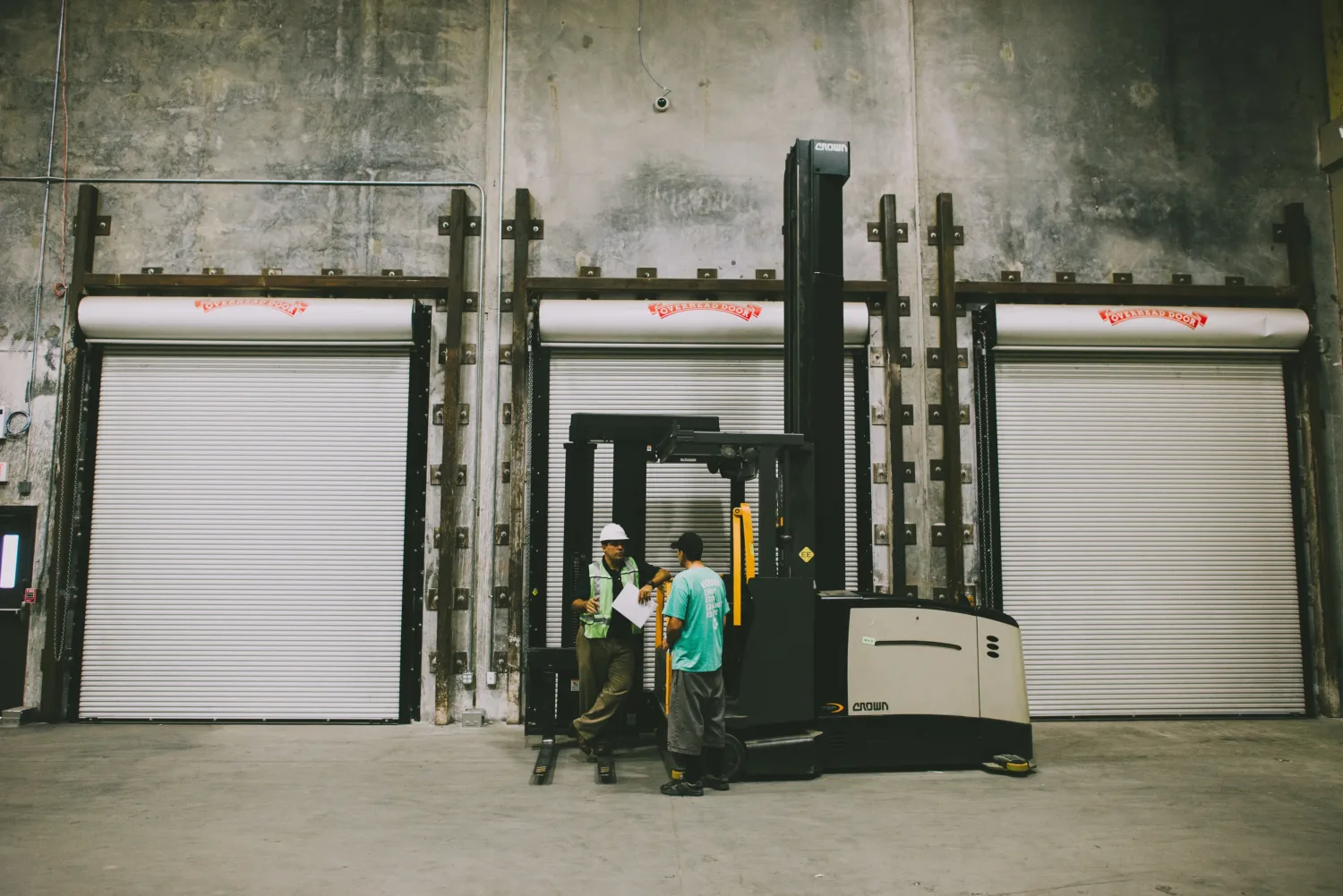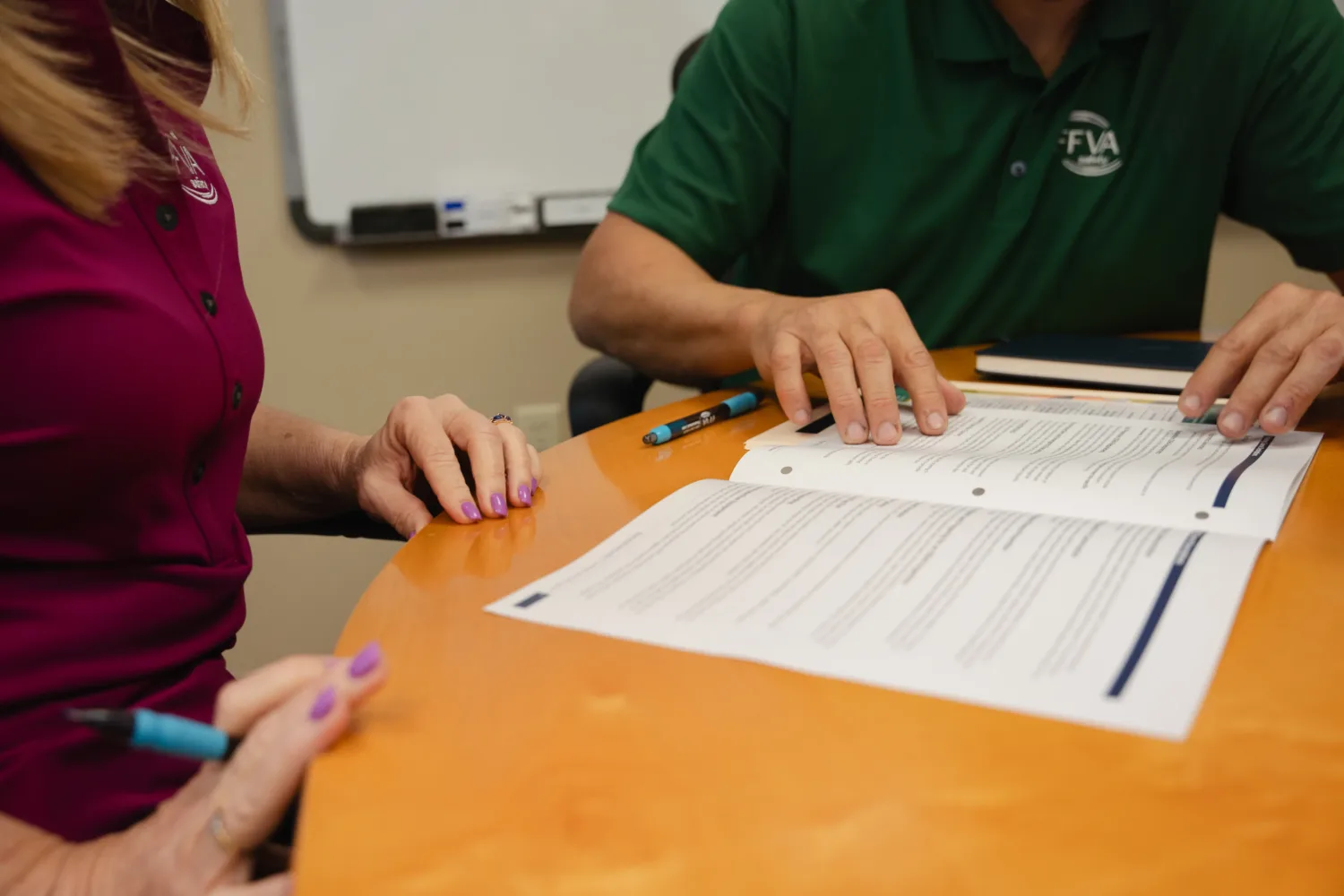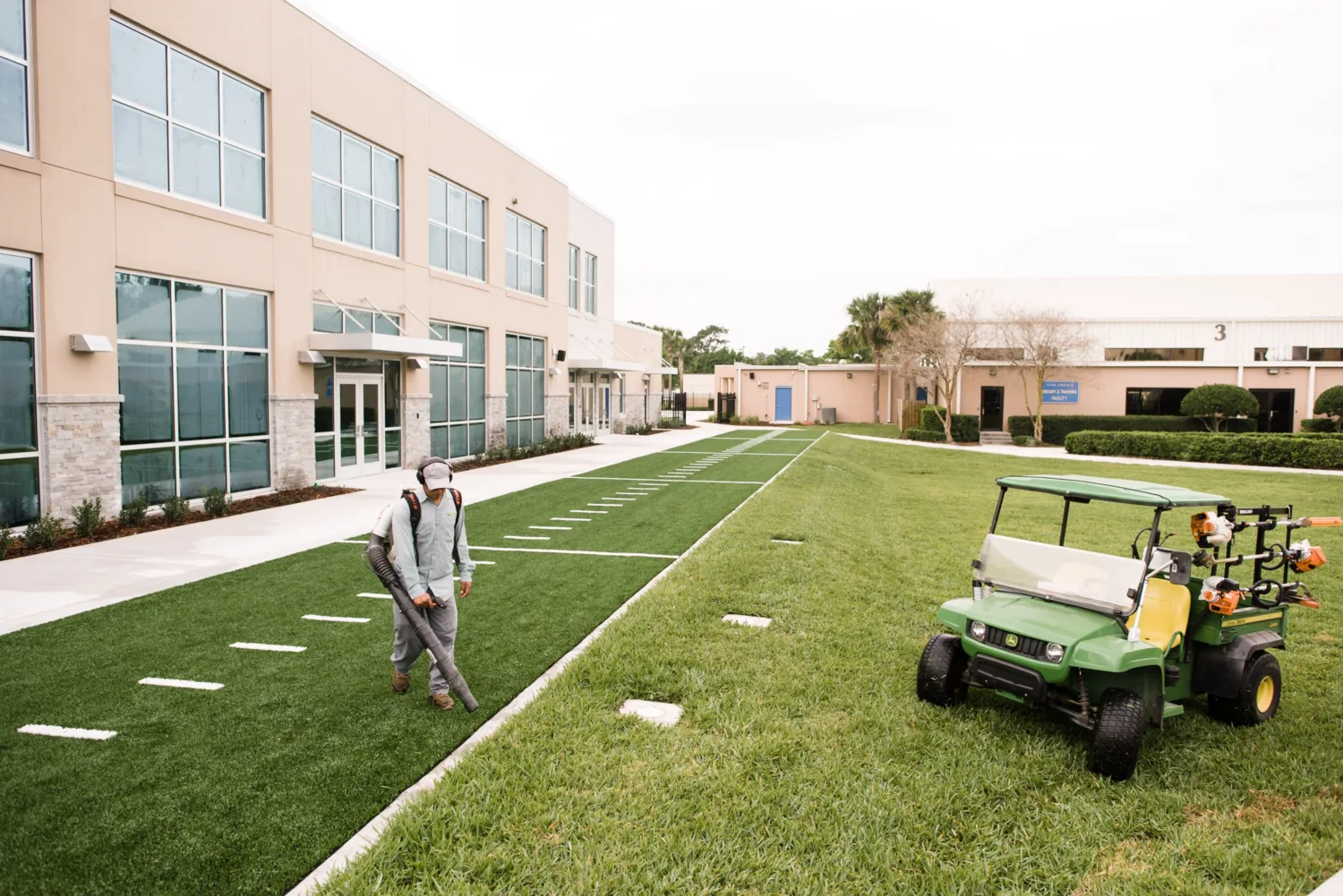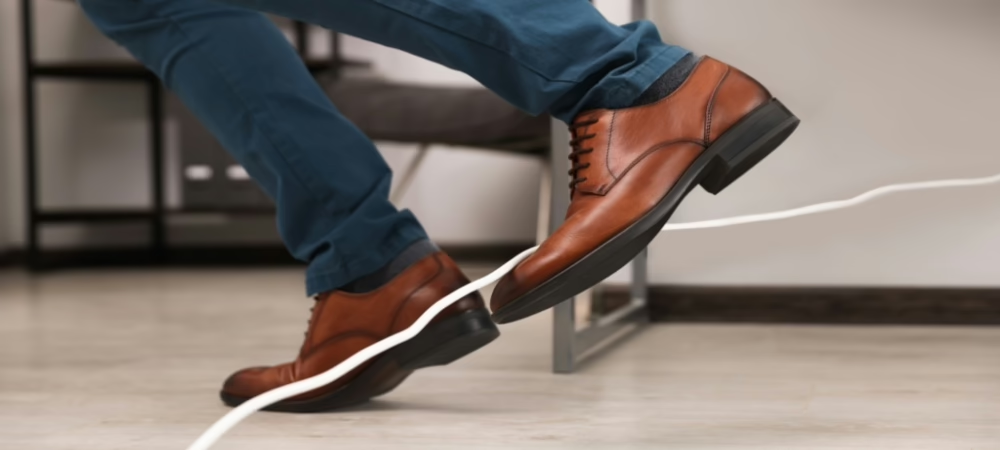What Is PPE, and Why Is It Important
Many people ask the question “what does PPE stand for” and our safety experts have the answers you’re looking for! Personal protective equipment (PPE) serves as the first line of defense against workplace hazards, safeguarding employees from injuries and illnesses. Designed to protect workers from physical, chemical and biological risks, PPE encompasses a wide range of equipment, including helmets, safety glasses, hand protection and other gear.
While protective clothing, such as gloves, shoes and face masks, has been around for centuries, the evolution of PPE really took off during the industrial revolution. As the manufacturing industry grew and the world became increasingly mechanized, occupational safety became a key concern for workers.
Today, factories and other industrial settings are much safer due to innovations in protective equipment, risk assessment and safety protocols. At the same time, however, this sense of security can also lead some employers and employees to lower their guard, leaving them exposed to any number of workplace hazards.
According to a 2022 survey, roughly 83% of employers struggle to get employees to wear personal protective equipment. Half of these employees said they didn’t think the PPE requirements were necessary.
Clearly, there’s work to be done here to change this mindset and promote workplace safety. After all, protective equipment and PPE requirements are integral to minimizing accidents and injuries and maintaining employee health. But with each workplace possessing its own unique set of risks, physical hazards and work regulations, it can be difficult to know what “appropriate PPE” looks like.
10 Types of PPE To Keep Employees Safe
The Occupational Safety and Health Administration (OSHA) provides clear standards for PPE requirements based on a variety workplace hazards. Here is a quick checklist of the 10 most common types of PPE and when a worker needs them:
1. Head Protection
When people think of PPE, a hard hat is often the first thing that comes to mind. This type of head protection is a critical piece of equipment designed to shield workers from a range of injuries. Head protection is essential in places like construction sites, manufacturing plants, and other environments where there is a risk of falling objects or other factors that can cause head-related injuries.
2. Eye and Face Protection
Whether it’s safety glasses, goggles or a full-on face shield, eye and face protection is designed to protect workers from hazards that could otherwise cause serious injury or blindness. Depending on the product, it can safeguard against chemical splashes, flying debris, dust and even harmful radiation or intense light from lasers or welding torches.
3. Respiratory Protection
Respiratory protection is another critical category of gear, especially in environments where workers are exposed to harmful dust, fumes, vapors or gases. Workplaces such as chemical plants, construction sites and manufacturing facilities often require respiratory protective equipment to filter out hazardous chemicals and other substances. As we learned during the pandemic, face masks such as N95 respirators also play an essential role in infection control by limiting the spread of airborne illnesses.
4. Hearing Protection
Falling objects and harmful substances aren’t the only causes of workplace injuries. Hearing damage can have lasting, permanent impacts on employees, especially when they’re frequently exposed to sound levels above an 8-hour time-weighted average of 90 decibels. Employers should provide hearing protection, whether in the form of disposable foam earplugs or more sophisticated headsets, to dampen harmful levels of sound and keep employees safe.
5. Hand and Arm Protection
Moving on to the rest of the body, hand and arm protection equipment is pivotal in preventing all manner of injuries, from cuts and burns to chemical exposures. Protective gloves are the most common form of this type of PPE, with materials tailored to specific hazards: rubber for chemicals, metal mesh for cuts and insulated gloves for electrical work. Sleeve protectors further shield the arms from hazards in environments like laboratories as well as industries including metalworking and manufacturing.
6. Foot and Leg Protection
Foot and leg protectors can also safeguard a worker’s extremities from punctures or chemical spills while also lessening risks like falls or slips. Proper safety shoes, such as steel-toed boots and non-slip or chemical-resistant footwear, not only prevent these immediate injuries, they also contribute to long-term musculoskeletal health by providing proper foot support.
7. Body Protection
PPE for the body includes garments such as lab coats, aprons, coveralls and full-body suits designed to shield against various hazards, from chemical splashes and abrasive materials to extreme temperatures in some instances. This layer of defense is essential for keeping workers safe and comfortable while shielding the body from harm.
8. Skin Protection
While skin protection might seem redundant at first glance, it actually includes a range of crucial PPE, such as sunscreen, barrier creams and protective clothing. The goal of skin PPE is to guard against hazards like UV radiation, irritants and other harmful substances that could inflame or damage the body’s first line of defense.
9. Fall Protection
Any worker dealing with heights should have effective fall protection equipment. This category of PPE includes any and all gear designed to prevent falls or safely arrest one should it occur, from anchor points to an employee’s safety harness and all the lifelines in between. Proper fall protection systems are meticulously engineered to minimize the risks and impacts of a fall and prevent serious injury or death.
10. High Visibility Protection
Last, but not least, high visibility protection is essential to ensure workers are easily seen, particularly in low-light conditions or in areas where they may blend in with the environment. Vests, jackets, hats and other garments featuring bright colors and reflective materials are commonly used by road construction crews, emergency responders and in warehouse settings to enhance the wearer’s visibility, thereby reducing the risk of accidents.
Stay Prepared for Workplace Safety Hazards With FFVA Mutual
We hope this informative post has answered the question “what does PPE stand for” and provided insight on types of PPE and their uses for workplace safety.
At FFVA Mutual, we’re committed to helping your business navigate the complexities of workplace safety, ensuring everyone on your team has what they need to stay safe on the job. Reach out to one of our safety experts to learn more about workplace safety






























